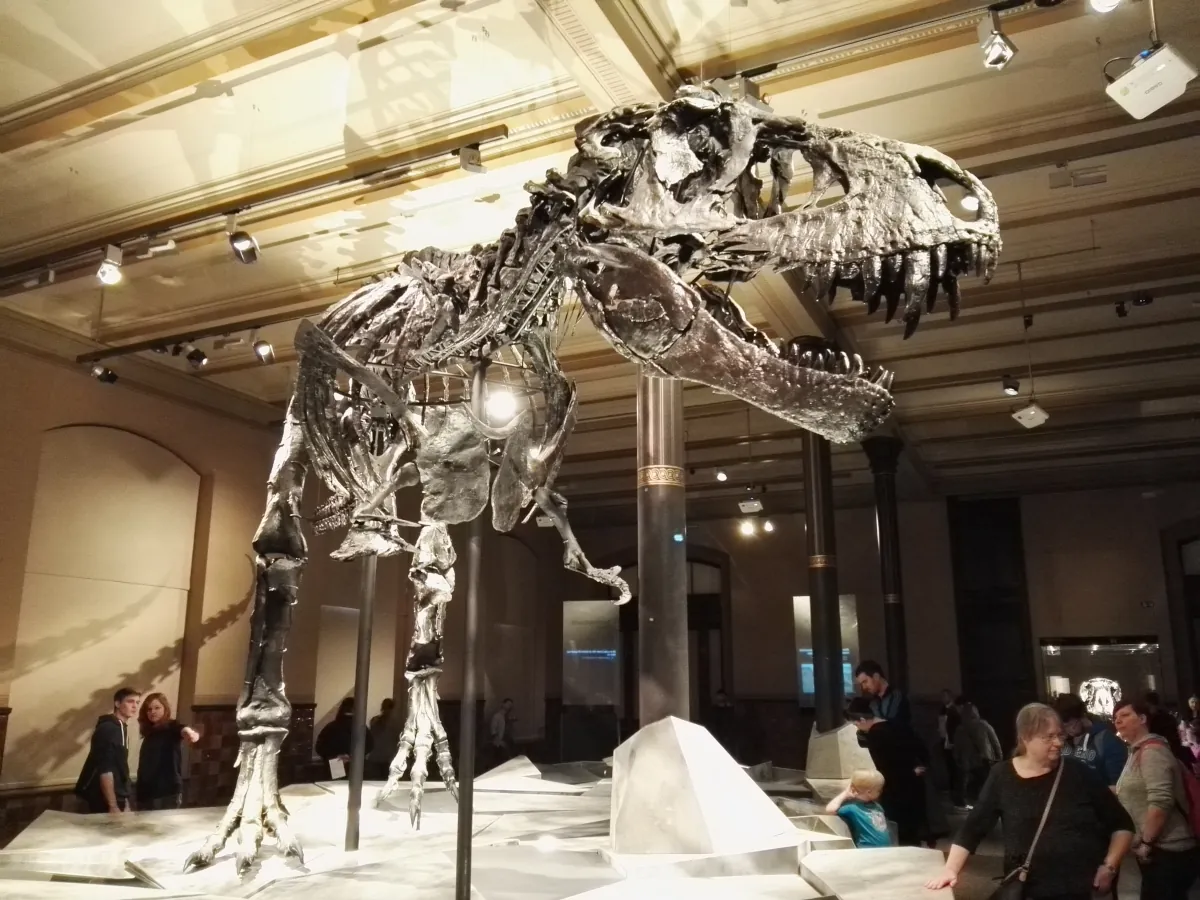The Allure of Prehistoric Wonders
In the heart of Europe’s most prestigious museums, the past comes alive with awe-inspiring displays of prehistoric giants. From the towering skeletons to the intricate fossil displays, each exhibit offers a unique window into a world millions of years in the past. These museums are not just repositories of ancient bones; they are gateways to understanding our planet’s incredible history.
Tristan Otto: The Berlin Marvel
At the Museum für Naturkunde in Berlin, Tristan Otto stands as a centerpiece of their dinosaur exhibit. This stunningly preserved T-Rex skeleton is one of the most complete ever found. Visitors are captivated by its massive size and the intricate details of its fossilized bones. The exhibit provides insights into the life of this formidable predator, making it a must-see for any dinosaur enthusiast.
Dippy: London’s Iconic Diplodocus
The Natural History Museum in London houses one of the most famous dinosaur exhibits in the world: Dippy, the Diplodocus. This replica of the original found in the USA has inspired generations of paleontologists and captivated the imaginations of visitors of all ages. Its grandeur exemplifies the scale and majesty of these ancient creatures, offering a palpable connection to a distant past.
Archaeopteryx: The Link Between Dinosaurs and Birds
The Solnhofen Limestone Formation in Germany is known for its exceptionally preserved fossils, including the famous Archaeopteryx. This early bird-like dinosaur provides crucial evidence of the evolutionary link between dinosaurs and modern birds. Exhibits featuring Archaeopteryx fossils are essential for understanding this critical juncture in the history of life on Earth.
Interactive Exhibits and Educational Programs
Beyond the static displays, many European museums offer interactive exhibits and educational programs. These experiences bring the prehistoric world to life, engaging visitors in the process of discovery and learning. Through hands-on activities, simulations, and guided tours, museums provide an immersive experience that enriches our understanding of these ancient creatures.
Conservation and Research
European museums are not only exhibition spaces but also centers for paleontological research and conservation. Their collections contribute to ongoing scientific studies, helping to unravel the mysteries of dinosaur biology, behavior, and extinction. These institutions play a vital role in preserving our planet’s natural history for future generations.
Conclusion: A Timeless Fascination
The dinosaur exhibits in European museums offer more than just a glimpse into the past; they are portals to a world that continues to fascinate and inspire. From Tristan Otto to Dippy, and the intriguing Archaeopteryx, these prehistoric giants continue to captivate our imagination and deepen our understanding of the Earth’s extraordinary history.




